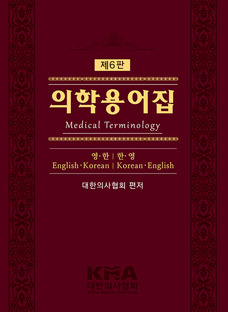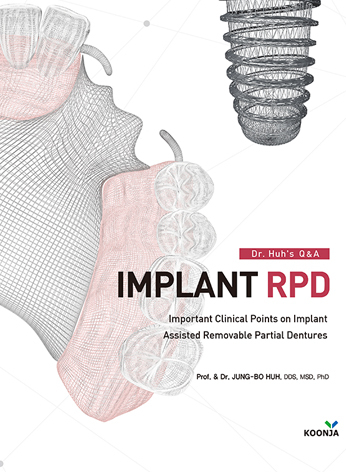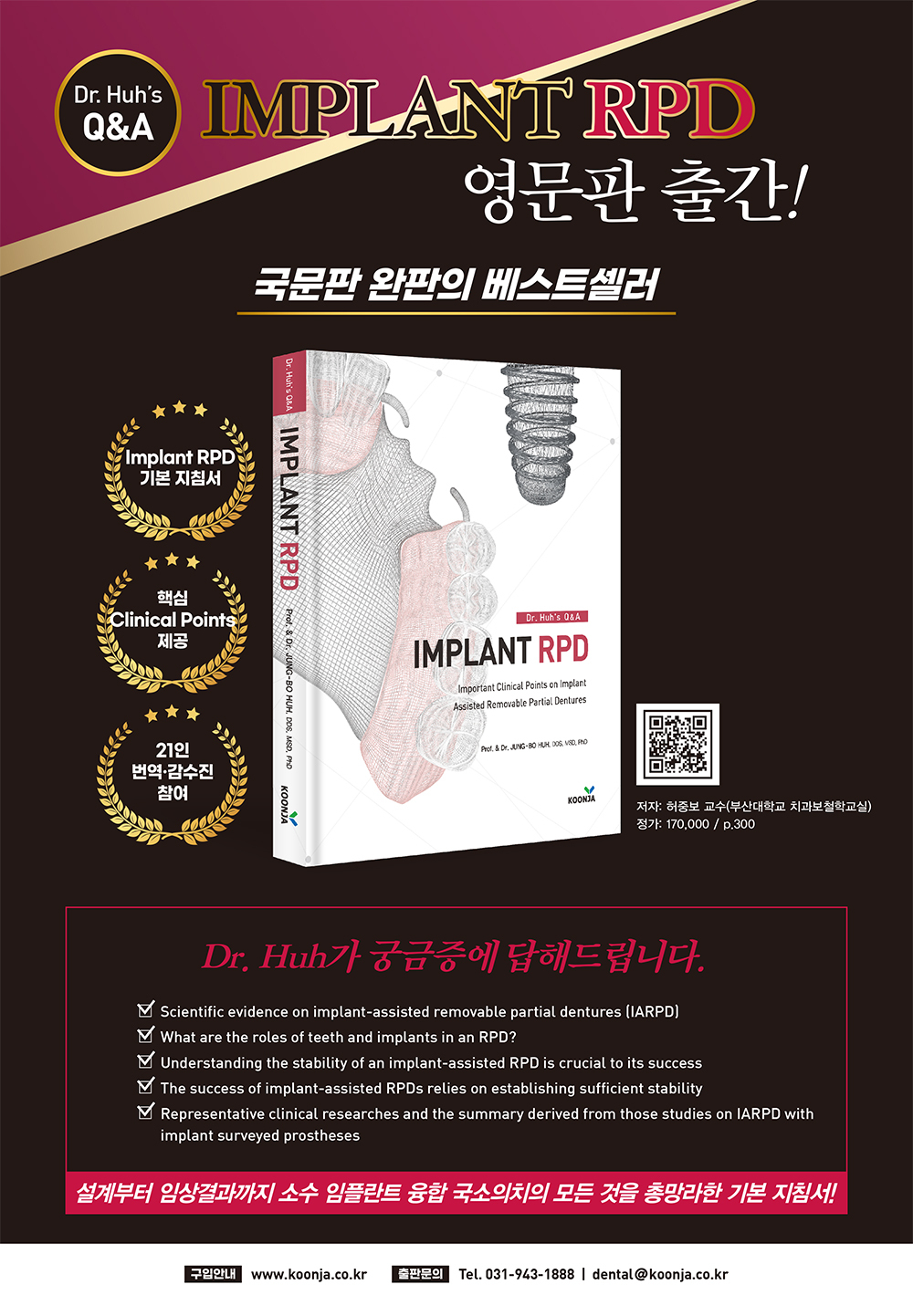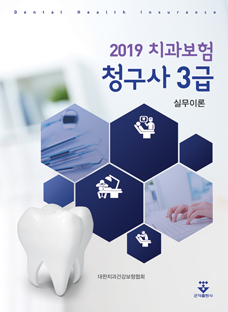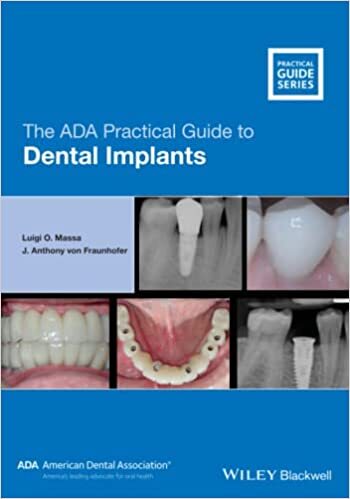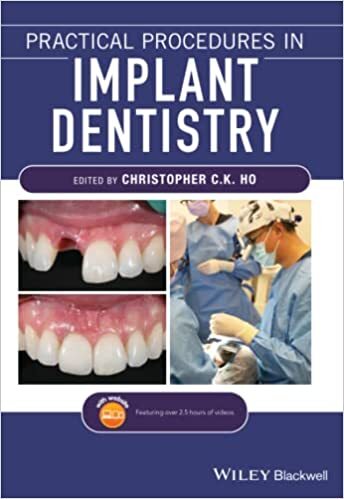CHAPER 1 Scientific evidence on implant-assisted removable partial dentures (IARPD)
1. Scientific evidence on implant-assisted removable partial dentures (IARPD)
CHAPER 2 What are the roles of teeth and implants in an RPD?
1. What are the roles of teeth and implants in an RPD?
2. How can the damage caused by rotational movements of RPDs to abutment teeth be reduced?
3. Designing the RPD to accomplish an efficient lever action
4. The path of dislodgement and the path of insertion and removal must differ in RPDs
5. Cantilever support can be harmful to RPD abutments, especially to implant abutments
CHAPER 3 Understanding the stability of an implant-assisted RPD is crucial to its success
1. Understanding the stability of an implant-assisted RPD is crucial to its success
2. Combining a small number of implants to enhance RPD stability
3. Appropriate impression-taking to enhance stability in distal extension RPDs
4. Understanding how an occlusion can enhance the stability of the RPD
5. Appropriate relining techniques can yield additional stability in the RPD
CHAPER 4 The success of implant-assisted RPDs relies on establishing sufficient stability
1. Implant placement in the posterior edentulous area to prevent tissue-ward movements in a distal extension RPD
2. Fabrication of an IARPD featuring a small number of implants with surveyed crowns
3. Fabrication of IARPDs using implants with attachments
4. IARPDs using a combination of implant bars and attachments
5. Application of attachment systems on implants in patients with complete edentulism
CHAPER 5 Representative clinical researches and the summary derived from those studies on IARPD with implant surveyed prostheses
1. A clinical retrospective study of distal extension removable partial dentures with implant-surveyed bridges or stud-type attachments
2. Retrospective clinical evaluation of implant-assisted removable partial dentures with implant-surveyed prostheses
3. Summary of guidelines for treatment of patients with partially edentulous maxilla opposing dentate mandible






